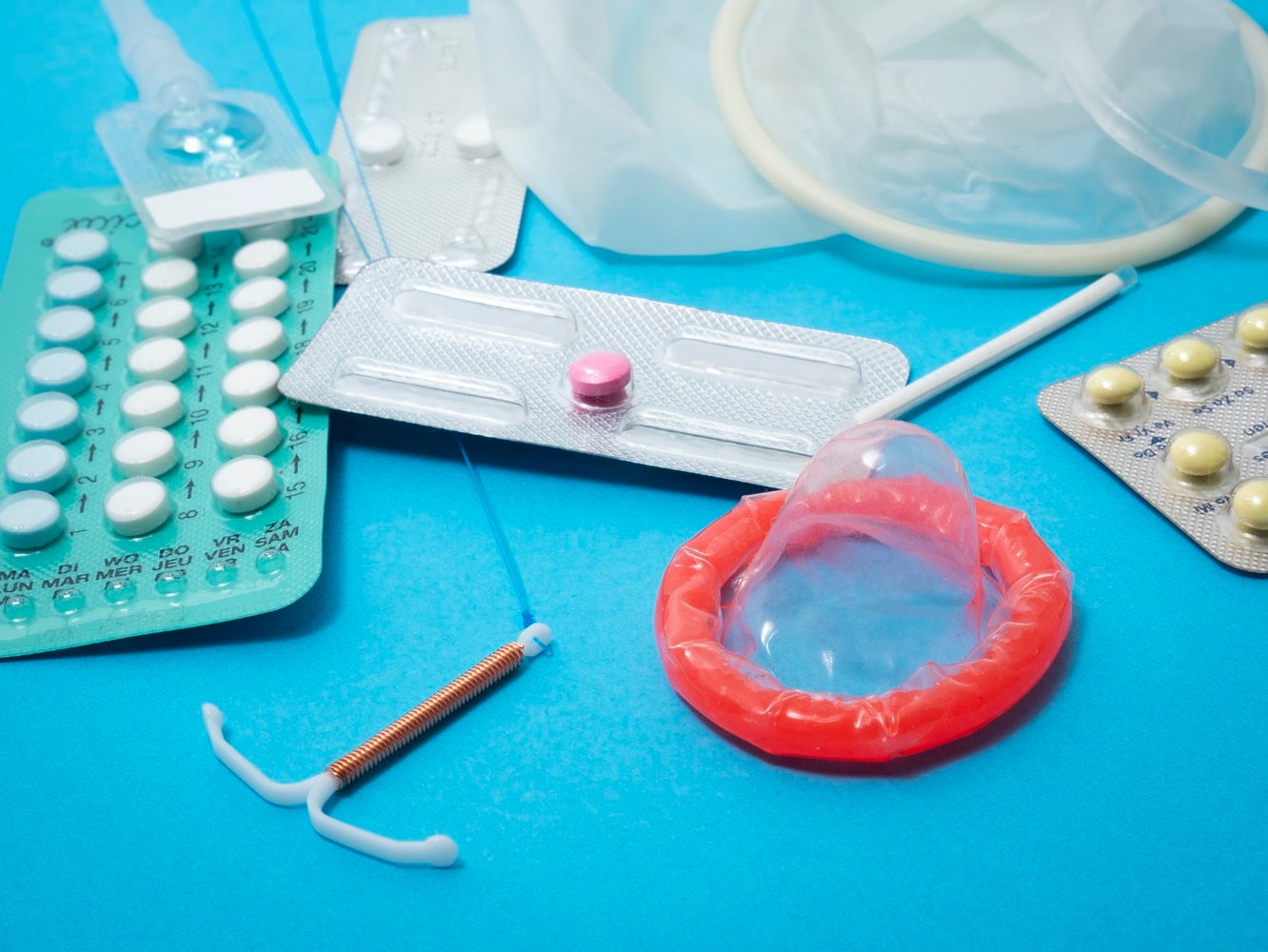Present-day birth control has been created through rigorous scientific research, clinical trials, and extensive review of safety and effectiveness, but the concept of birth control has existed since ancient history. Here are 5 popular birth control methods that came to use far before the contraceptive revolution.
1. Honey/Acacia Pessary
The gum of an acacia plant ferments to form lactic acid (a natural spermicide), and honey mixed with ground-up acacia fruit adds an additional viscous barrier (significantly stunting the movement of sperm). Cotton or other plant-fibrous tissue was soaked in this mixture and then placed in the vagina, similar to a tampon. This practice was done before intercourse in order to prevent introduced sperm from reaching the uterus.
2. Crocodile Dung
In some cases, crocodile dung was purely used as a physical barrier (yes, women had to push blocks of poop in their vag…yet people still think we aren’t historically disadvantaged). In other cases, a paste would be formed from diluting the dung and rubbing it on the vagina. Crocodile dung, when diluted correctly, would result in an alkaline paste that could chemically neutralize sperm, yet be non-infectious enough for human use.
3. Silphium
Silphium is a species of giant fennel that acted as history’s first oral contraceptive. Juice created from its ground-up leaves prevented fertilization and implantation. Another way silphium could be utilized is similar to the honey/acacia method: soaking a cloth or cotton into the silphium juice and inserting it in the vagina. Silphium had been considered a “miracle plant” for many ailments; it was regarded as more valuable than silver. Unfortunately by the 2nd century BC, the entire species went extinct from overuse.
4. Heavy metals
Both consumed and applied on the vagina, heavy metals were seen as poisonous enough to kill sperm before reaching the uterus. Liquid lead, mercury, and arsenic did succeed in their purpose for pregnancy prevention, but they resulted in kidney, lung, and brain failure. Ironically, heavy metals were used all across ancient civilizations as a contraceptive, not just in one or two cultures.
5. Condoms
The first condoms had been in use around the 1600s, but instead of using latex or polyurethane, animal membranes (specifically bladders and intestines) were the go-to. The membranes of sheep and goats were just as elastic and protective as present-day condoms, and interestingly, they were originally intended for STDs rather than pregnancy prevention.
There are far more methods our ancestors used for contraception, and some methods have followed us into the 21st century (cough cough, pulling out). One can also tell the overarching mechanisms of many of these ancient contraceptives have remained the same (oral consumption, physical barrier, chemical barrier, etc), and have only been altered for mass production, hygiene, safety, and efficacy purposes. Unfortunately, even after centuries of evolving these contraceptives, women still carry the brunt of the responsibility (and blame) for preventing pregnancy. Only the condom remains as a contraceptive utilized by men, and even then there is a female condom that women could be pressured to use instead. Our ancestors have done a great deed by laying the groundwork for contraception, but living in the age of information and technological advancement, our society should work to create new, comfortable, and successful contraceptives that men can use as well, and establish a strong foundation that pregnancy is a responsibility of both man and woman.
Sources:
https://flo.health/menstrual-cycle/sex/birth-control/ancient-birth-control-methods
https://www.mentalfloss.com/article/83685/9-forms-birth-control-used-ancient-world




